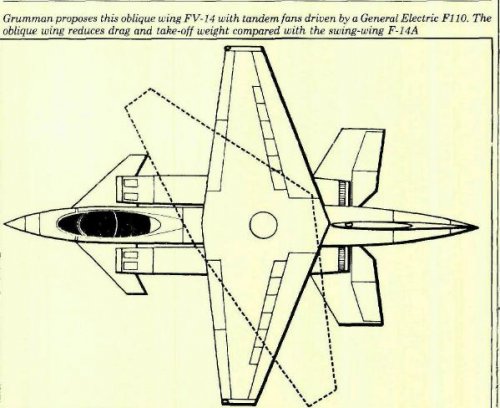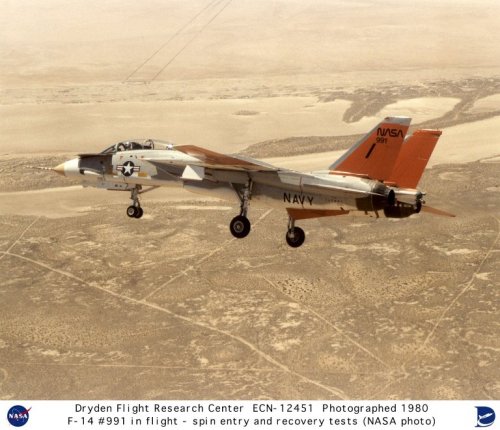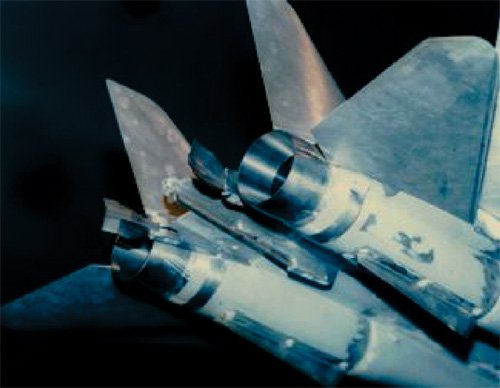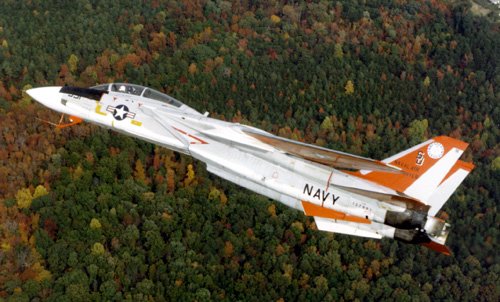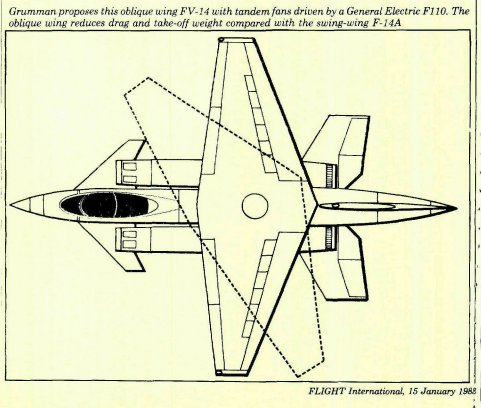- Joined
- 26 May 2006
- Messages
- 33,049
- Reaction score
- 12,647
Hi,
the Grumman FV-14 was oblique wing aircraft project,and powered
by two GE F110,it is new for me and I think for you also.
http://www.flightglobal.com/FlightPDFArchive/1983/1983%20-%200108.pdf
the Grumman FV-14 was oblique wing aircraft project,and powered
by two GE F110,it is new for me and I think for you also.
http://www.flightglobal.com/FlightPDFArchive/1983/1983%20-%200108.pdf

